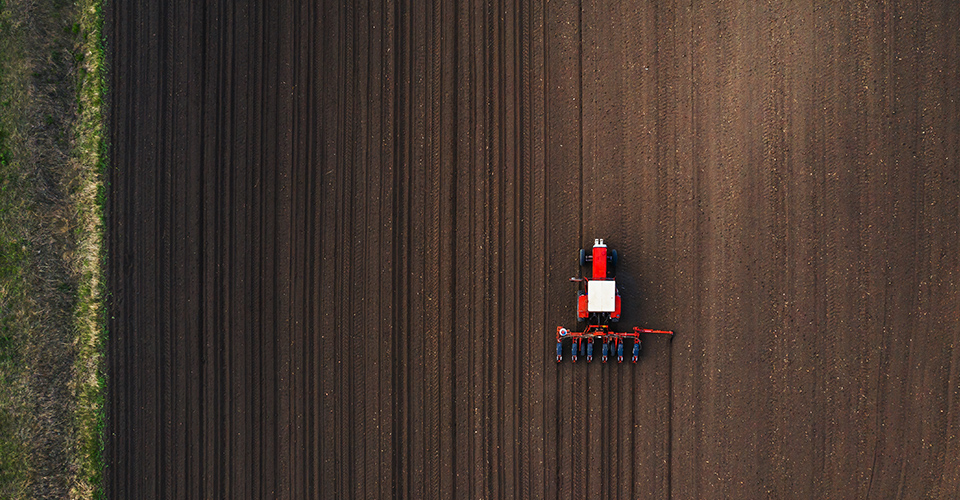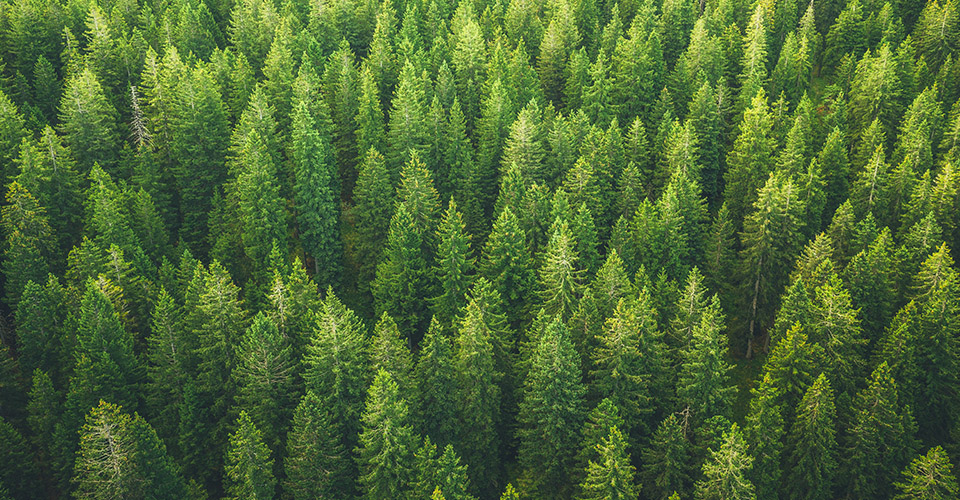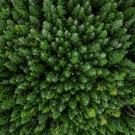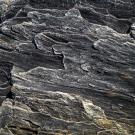What is Biological Carbon Sequestration?
Biological carbon sequestration is the storage of carbon dioxide in vegetation such as grasslands or forests, as well as in soils and oceans.
Biological Carbon Found in the Oceans

Oceans absorb roughly 25 percent of carbon dioxide emitted from human activities annually.
Carbon goes in both directions in the ocean. When carbon dioxide releases into the atmosphere from the ocean, it creates what is called a positive atmospheric flux. A negative flux refers to the ocean absorbing carbon dioxide. Think of these fluxes as an inhale and an exhale, where the net effect of these opposing directions determines the overall effect.
Colder and nutrient rich parts of the ocean are able to absorb more carbon dioxide than warmer parts. Therefore, the polar regions typically serve as carbon sinks. By 2100, most of the global ocean is expected to be made up of carbon dioxide, potentially altering the ocean chemistry and lowering the pH of the water, making it more acidic.
Biological Carbon Found in Soil

Carbon is sequestered in soil by plants through photosynthesis and can be stored as soil organic carbon (SOC). Agroecosystems can degrade and deplete the SOC levels but this carbon deficit opens up the opportunity to store carbon through new land management practices. Soil can also store carbon as carbonates. Such carbonates are created over thousands of years when carbon dioxide dissolves in water and percolates the soil, combining with calcium and magnesium minerals, forming “caliche” in desert and arid soil.
Carbonates are inorganic and have the ability to store carbon for more than 70,000 years, while soil organic matter typically stores carbon for several decades. Scientists are working on ways to accelerate the carbonate forming process by adding finely crushed silicates to the soil in order to store carbon for longer periods of time.
Biological Carbon Found in Forests

About 25 percent of global carbon emissions are captured by plant-rich landscapes such as forests, grasslands and rangelands. When leaves and branches fall off plants or when plants die, the carbon stored either releases into the atmosphere or is transferred into the soil. Wildfires and human activities like deforestation can contribute to the diminishment of forests as a carbon sink.
Biological Carbon Found in Grasslands
While forests are commonly credited as important carbon sinks, California’s majestic green giants are serving more as carbon sources due to rising temperatures and impact of drought and wildfires in recent years. Grasslands and rangelands are more reliable than forests in modern-day California mainly because they don’t get hit as hard as forests by droughts and wildfires, according to research from the University of California, Davis. Unlike trees, grasslands sequester most of their carbon underground. When they burn, the carbon stays fixed in the roots and soil instead of in leaves and woody biomass. Forests have the ability to store more carbon, but in unstable conditions due to climate change, grasslands stand more resilient.
Types of Carbon Sequestration

Biological Carbon Sequestration

Geological Carbon Sequestration

Technological Carbon Sequestration